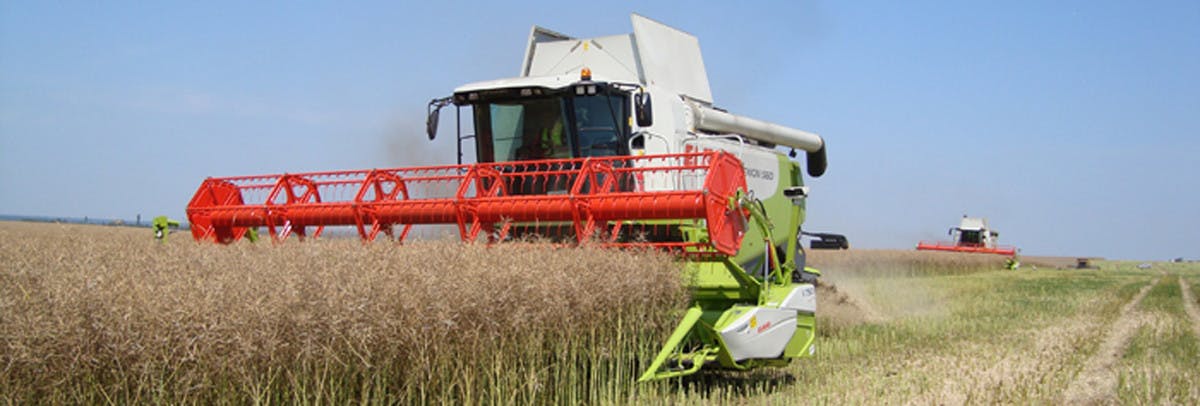Miscanthus has a calorific value of 3.6–4kWh per kg and a weight of 70-90kg per M³. With a less dense make-up than grain, miscanthus will need slightly more space to store enough fuel to generate the same amount of heat.
To be used as fuel, Miscanthus has to be stored dry with sufficient ventilation and must not have a moisture content above 20%. It should also conform to the W20 fuel quality standard for air dried, chopped miscanthus or W30 for fuel which is suitable for storage and drying.

The fusion point of miscanthus ash is around 900°C, compared to 1,200°C for wood ash. There can be a tendency for miscanthus ash to bind together, or ‘clinker’, and build up in the firebox. The moving, self-cleaning step grate in the Guntamatic Powercorn and Powerchip biomass boilers is purpose designed to prevent clinker building up which would reduce heating efficiency.
It is therefore advisable to add approximately 0.3 – 0.5% by weight of slaked lime to the fuel before use in boilers up to 50kW and 0.5–0.8% for boilers with ratings over 50kW. This increases the calcium content of the fuel, thereby raising the ash fusion point and reducing the likelihood of clinker forming.
The table below shows a comparison between miscanthus and other types of heating fuel.

Biomass fuel information
Information about the different fuel types available for biomass boilers, the regulations, considerations to take and information on procurement.
Wood chips
Wood chips are small pieces of logs or wood waste. These are formed by passing through a chipping machine, which turns them into 30mm pieces, also known as G30.
Wood pellets
Wood pellets are a type of biomass fuel, made from compacted sawdust or other waste from saw-milling and manufacturing. At 4.8kWh per kg, you only need one third of the space that you'd need for wood chips.
Logs
As a biomass fuel, logs will generally deliver 5.1kWh per kg, depending on moisture content and type of wood (hardwood or softwood, and species).
Grain
Grain can be an economical and convenient fuel for use in biomass boilers. 'Pourable' grain such as oats, wheat and barley have a low nitrogen content. Being a slightly denser fuel than miscanthus, it will require less space to store for the same amount of heat.
Miscanthus
Miscanthus, (or 'elephant grass') is a perennial grass originating from Asia. It is becoming popular as an energy crop as it can easily and quickly grow on poor quality land with no need for fertilisers or very much intervention.
About the BSL
The Biomass Suppliers List (BSL) is a list of woodfuel that has proven it meets the eligibility requirements for the Renewable Heat Incentive (RHI) scheme.